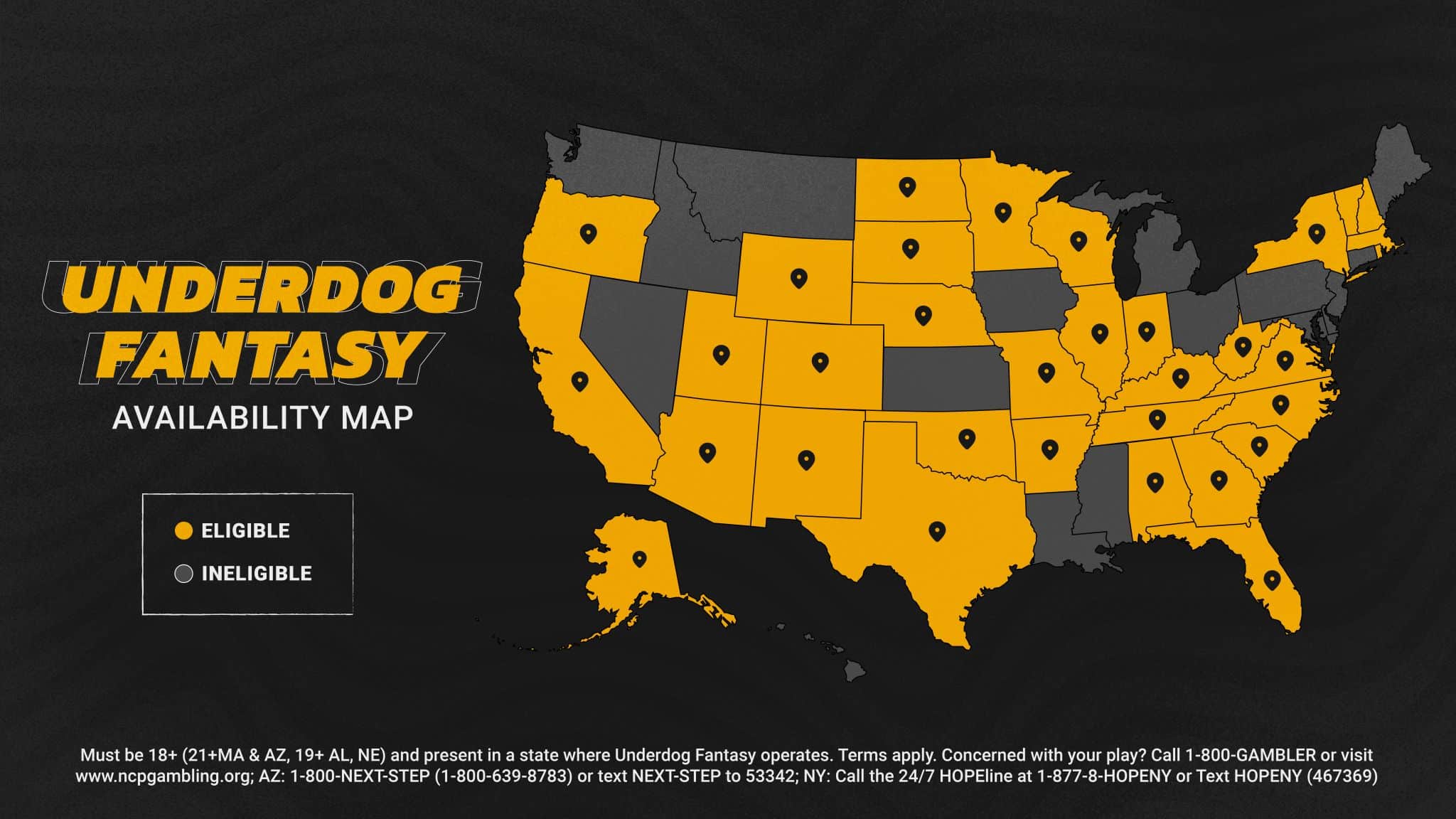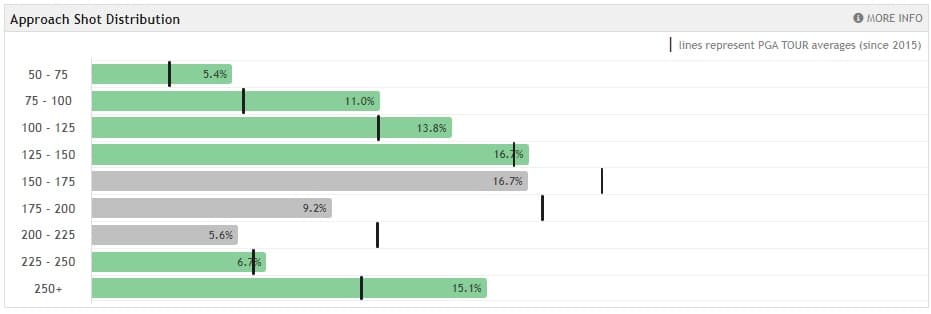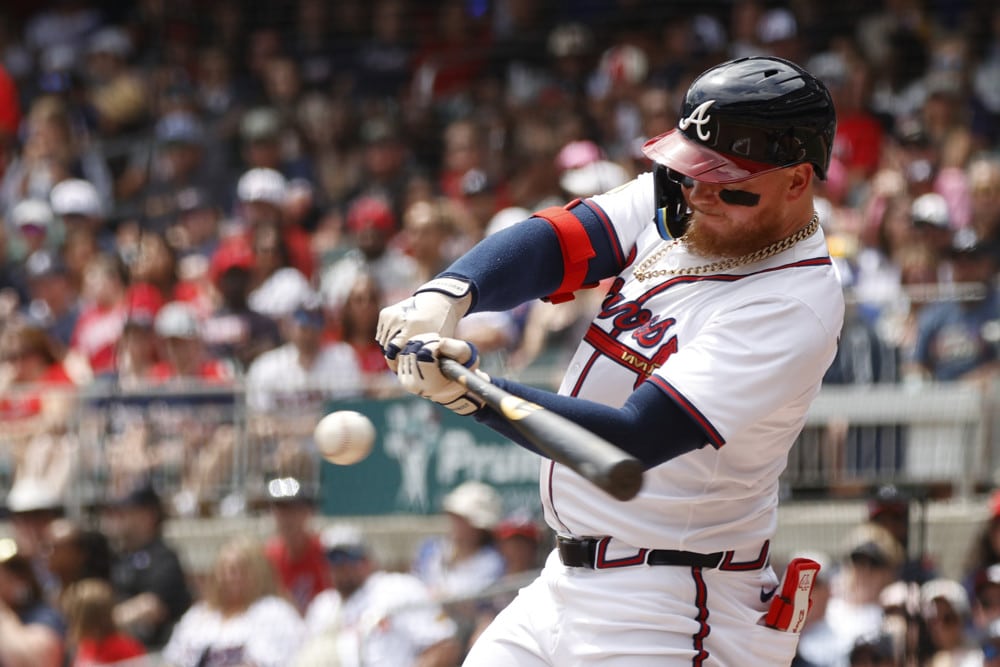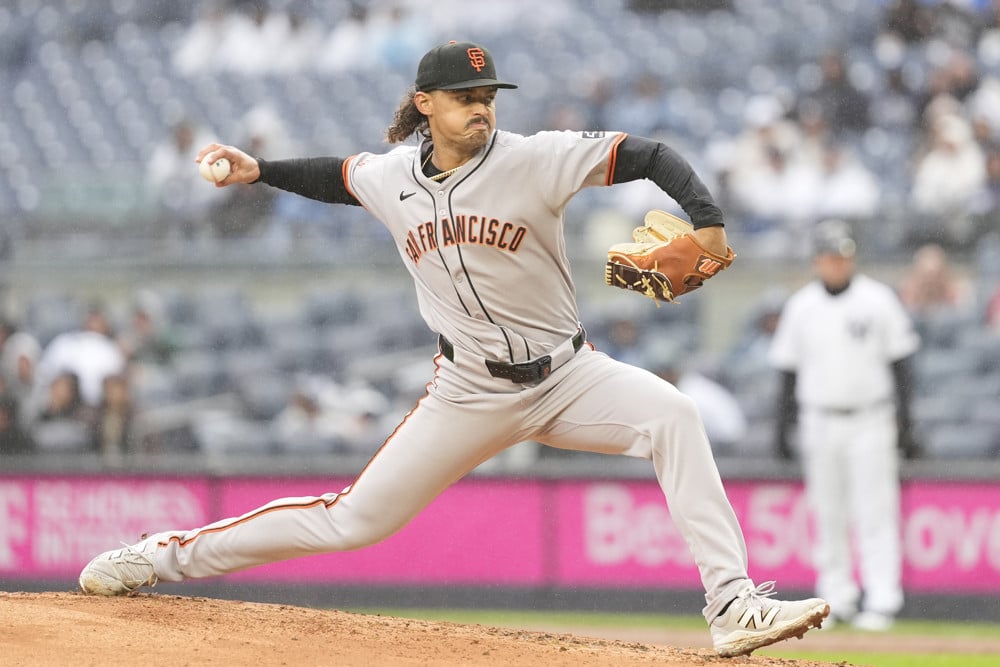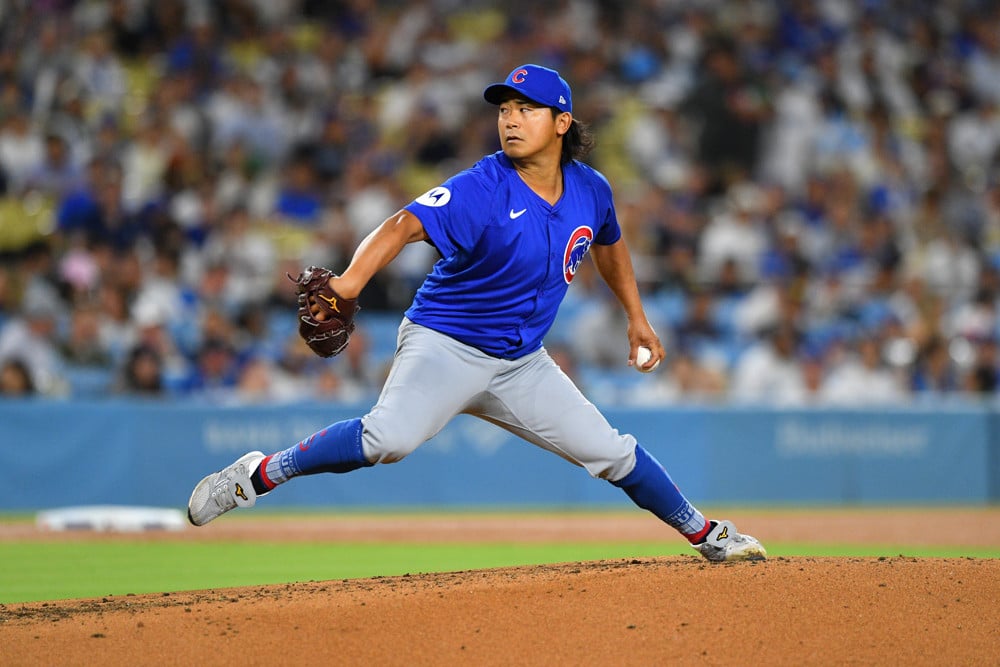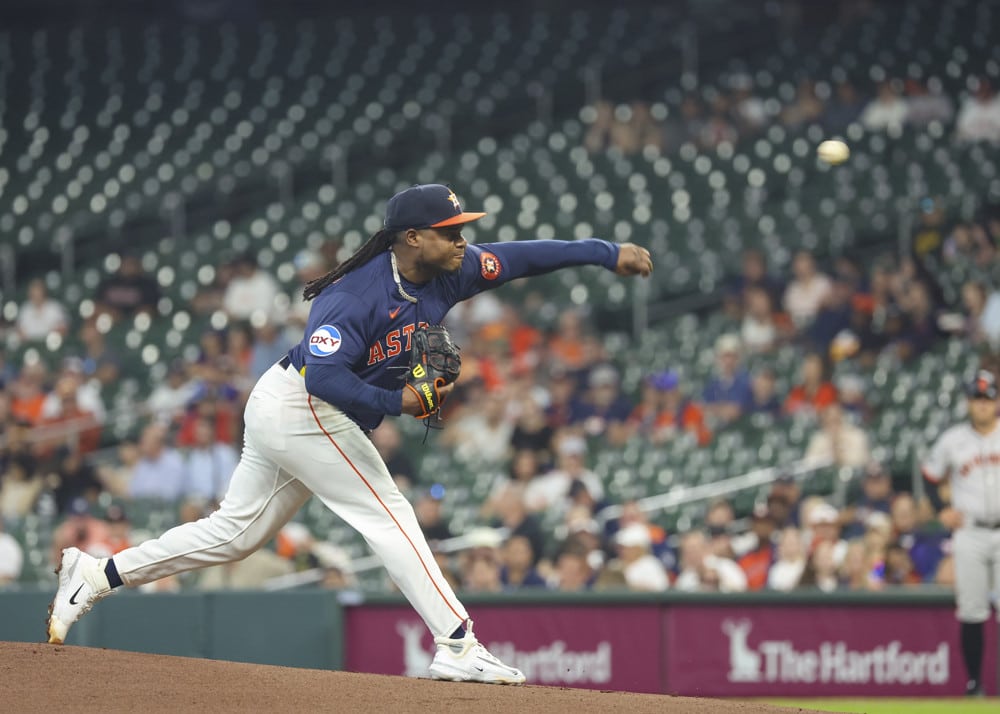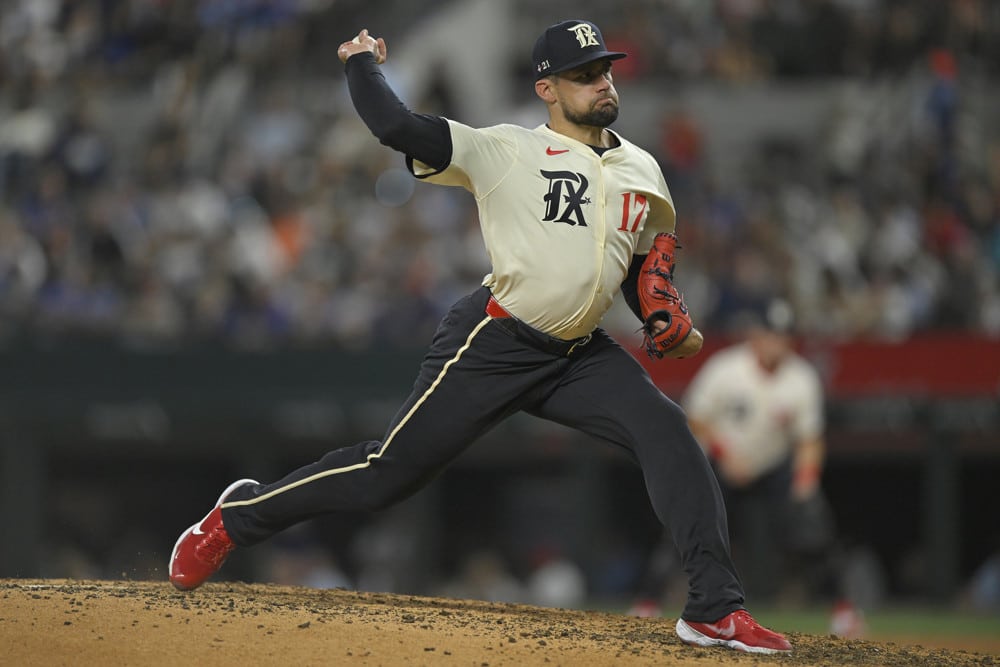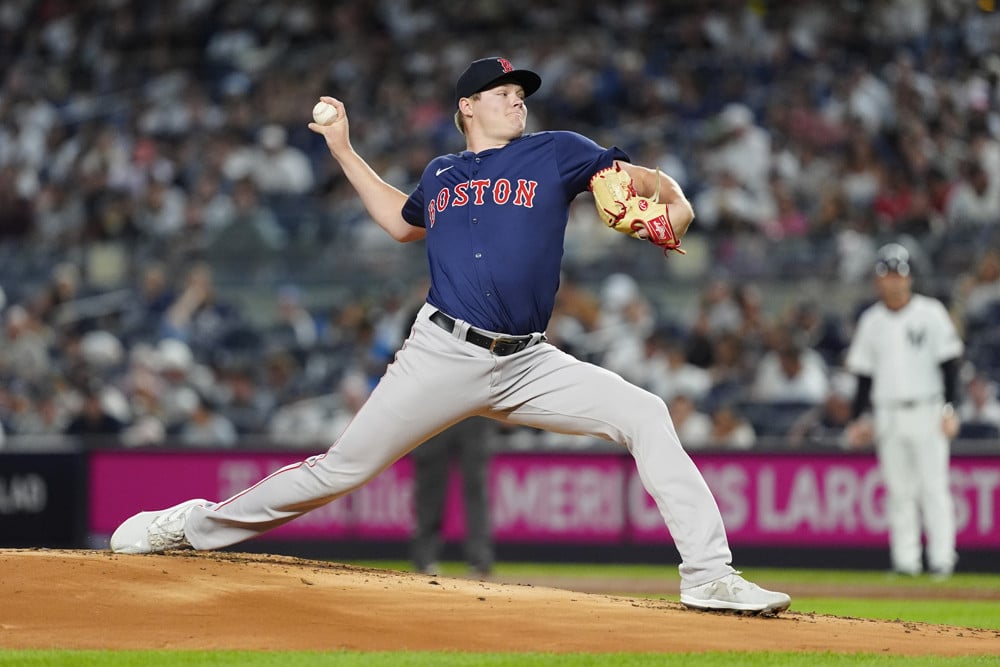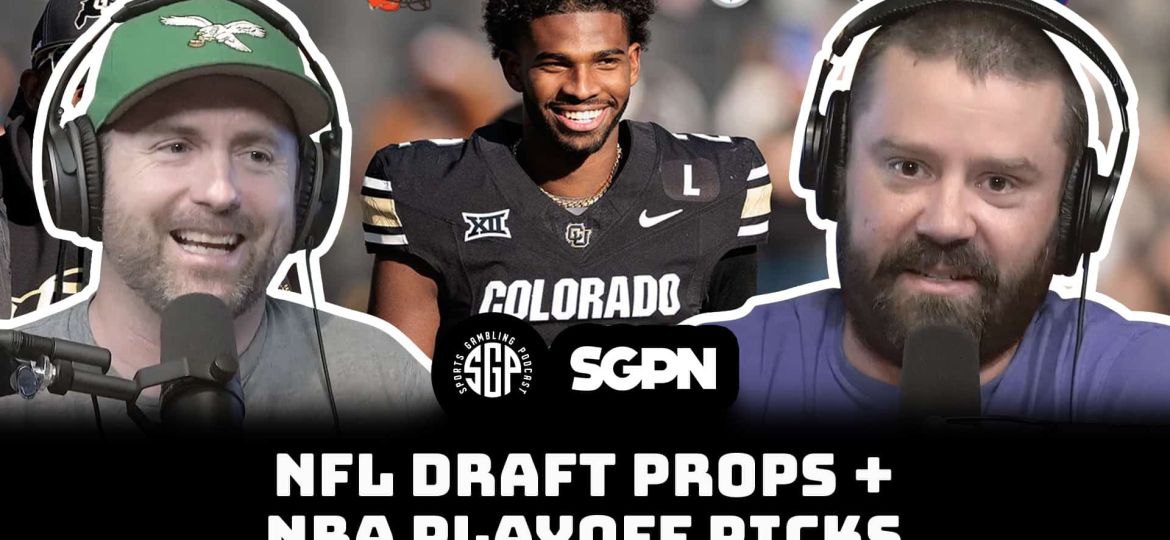The summer stretch rolls on with a trip to the Motor City. It’s the 2024 Rocket Mortgage Classic at Detroit Golf Club. As always, here is your early preview of the 2024 Rocket Mortgage Classic and insights into how to bet the tournament.
Go here for more Golf content!
2024 Rocket Mortgage Classic Preview
The Golf Course
The Detroit Golf Club was built in 1899. William Farrand designed the original golf course. The golf course was originally a six-hole design. It expanded to 9 holes after the additional property was acquired.
In 1913, Donald Ross was brought in to survey the land and determine what else could be done to expand the golf course. He determined that with an additional land purchase, there was enough room to design and build a full 36-hole layout. From there, the North Course and the South Course were born from his creation.
Many golf courses around the country claim to be a Donald Ross design. However, his signature style is often lost after years of neglect or significant alterations by modern architects. The Detroit Golf Club, however, is as close to a traditional classic Donald Ross design as they come:
When you think of the prototypical Ross design, your first thoughts should be narrow, tree-lined fairways flanked by lush, rough, and small, circular back-to-front sloping greens fortified by bunkers on either side. This trendy template is used by most parkland golf courses in the United States. Detroit Golf Club is a textbook example of this classic Donald Ross design.
If anything, it’s almost too classic. There’s not a lot of variation in tee-to-green direction over the golf course. It’s a very flat piece of property. And many holes are of the same cookie-cutter template. Most holes run north to south or south to north with only very slight doglegs. From a viewer’s standpoint, the coverage might be a little bland because it will feel like the players are playing the same hole repeatedly.
The golf course also needs a makeover. It’ll get one in 2025, as all bunkers and greens will be rebuilt. But once again, in 2024, this golf course will remain relatively defenseless to the superior equipment players use in the modern game.
The North Course is primarily used for this tournament, with a few slight alterations to the routing. The course was recently renovated to lengthen the scorecard’s yardage to accommodate the best players in the world.
The North Course had run under 7,000 yards. However, the Rocket Mortgage Classic’s yardage will be just over 7,300. In addition, the opening hole will also be played down the North Course 8th, with the 2nd played on the 9th and the 3rd hole on the South Course 1st hole.
From there, the traditional 2nd hole on the North Course has been lengthened to a 630-yard Par 5 4th hole, with trees cut down and a south course tee box used for tournament play. The rest of the front nine will then be played on the traditional 3rd-7th holes of the North Course.
The back nine follows the traditional North Course routing, and the prime area for spectators will be around the 14th and 15th holes. From this area, spectators can watch players play almost all the holes from 14 to 18, and the tournament directors are looking to treat this area of the golf course as their very own “Amen Corner.”
Regarding grass types, greens, and fairways is a bentgrass/poa mix. The rough is bluegrass (aka poa annua) and about 4 inches in depth from the primary cut. The average green size is around 5,150 sq. feet, which is about the same size as they were for the Travelers.
These overall are smaller than the average PGA Tour golf course. The greens will run around 12 on the stimpmeter. 12 is about average for green speeds on the PGA Tour.
For a more in-depth look at the golf course, check out the video below from The Course Reports:
Betting Strategies
Here is some general information about Detroit Golf Club. This will assist in optimizing betting strategies for the 2024 Rocket Mortgage Classic.
Par: 72
Length: 7,370 Yards
Average Green Size: 5,150 sq. feet
- These are relatively small greens. However, the greens generally are pretty soft as they need water to combat the hot summer heat, as well as accumulate moisture from the humidity. As such, the green in regulation rate is quite high despite their small size.
Agronomy:
- Fairways: Bentgrass/Poa Annua
- Rough: Bluegrass – ~4″ in length
- Collars & Approaches: Bentgrass/Poa Annua
- Greens: Bentgrass/Poa Annua
- Per the video above, the greens are about 80% Poa/20% Bentgrass.
Scoring at Detroit Golf Club
- 2023: -2.15
- 2022: -1.85
- 2021: -1.61
Detroit Golf Club is one of the easiest golf courses on the PGA Tour. Of all golf courses played on the PGA Tour (including majors) since 2015, Detroit Golf Club has the 10th easiest scoring conditions.
There isn’t a lot of adversity at Detroit Golf Club. There is only one water hazard on the golf course. Many bunkers can be carried off the tee by even the shortest hitters. There’s a lot more room off the tee than one would think, given everything is tree-lined.
There’s a lot of short approach shots. And even if players miss a fairway, there is little penalty for missing it in the rough. Players can hack out and bounce the ball up to the front of the green without much resistance.
As such, this is a recipe for some very low rounds at Detroit Golf Club. The winning score will likely eclipse -20 once again.
Off The Tee
Despite narrow fairways, lots of trees, and long rough, Detroit Golf Club has presented little challenge off the tee for PGA Tour professionals. Of all golf courses ever played on the PGA Tour since 2015, Detroit Golf Club is tied for the 8th easiest off the tee. Of current venues on the schedule, only Kapalua, TPC Craig Ranch, Congaree Golf Club, and TPC Summerlin have played easier.
Detroit Golf Club does not feature a lot of holes that dissuade a player from keeping the driver in the bag. Almost all the bunkers in the fairway can be carried with a driver. No Par 4 or Par 5 features a water hazard that may give players anxiety on the tee box.
And either corner of dog legs can be carried by a longer hitter. There isn’t a dog leg that demands that a player club down to keep the ball in the short grass.
As such, Detroit Golf Club is a very driver-heavy course. The average driving distance of all Par 4’s and 5’s at Detroit Golf Club is 296.9 yards. Of all golf courses ever played on the PGA Tour since 2015, Detroit Golf Club features the 15th longest driving distance average.
Of current venues, it is the 7th longest. And considering how firm the fairways will be with dry spring and early summer conditions, the ball will get significant rollout should it find a fairway first.
What’s also interesting is that the field, by and large, is able to keep the ball in the fairway at a very high clip. The field average in driving accuracy at Detroit Golf Club since it came onto the schedule is 67%. Of all golf courses on the PGA Tour since 2015, that’s tied for the 19th-highest driving accuracy rate. Of current venues, it’s tied for the 9th highest.
For those who do miss a fairway, the penalty is not overly severe. There is only a 0.3 stroke difference in scoring average between those who find the fairway and those who miss it at Detroit Golf Club. Of all golf courses on the PGA Tour schedule since 2015, that’s tied for the 17th-lowest difference in score.
Of current venues, it’s tied for the 8th lowest difference. There are almost no penalty strokes one can incur off the tee. And despite the 4-inch rough, players can bounce the ball up to the front of the green without problem.
Some of the golf courses with low differences in scores between balls that find the fairway and those that do not are on some of the tougher golf courses on the PGA Tour. It’s because the golf course features difficult approach shots regardless of whether one is in the fairway or the rough.
For Detroit Golf Club, however, it just appears that it’s just not a difficult one overall. Because of how short some of the holes are, players can hit short irons easily out of the rough and still find the putting surface.
Overall, despite long rough, there simply is little resistance off the tee at Detroit Golf Club for any PGA Tour professional who plays it.
Approach
There isn’t much resistance with approach shots either at Detroit Golf Club. Of all venues on the PGA Tour since 2015, Detroit Golf Club is the 17th easiest. Of current venues, it is the 6th easiest.
Since Detroit Golf Club came onto the schedule, the average green in regulation percentage for the field has been 72.7%. Of all golf courses on the PGA Tour since 2015, Detroit Golf Club has the 9th highest green in regulation rate. Of current venues on the schedule, only Kapalua, Keene Trace Golf Club, Sea Island, and Sedgefield feature higher green in regulation rates.
It doesn’t take rocket science to deduce that green in regulation rates will be high on a golf course that features a lot of shorter irons into the green from the fairway. Players can bounce the ball to the front of the green from the rough even if they draw a nasty lie.
Here is a distribution chart of where approach shots come from at Detroit Golf Club (per DataGolf):
There is an above-average rate of approach shots into greens from less than 150 yards. And there are significantly fewer shots at Detroit Golf Club between 150-225 yards than the average PGA Tour venue.
However, there’s significantly higher than average from over 225 yards. These primarily come from the long Par 3 11th and all the Par 5’s, which are mostly reachable in two shots. However, of all golf courses on the PGA Tour since 2015, Detroit Golf Club features the 11th easiest shots from over 150 yards.
Regarding proximity, gamblers should focus on proximity from under 150 yards in their models. Those who want to capture performance on shots over 225 yards would be better off weighing more heavily on Par 5 scoring. Otherwise, they run the risk of double counting Par 5 performance by also including proximity performance from over 225 yards.
Around the Green
Detroit Golf Club has about average difficulty around the green relative to other PGA Tour venues. It’s one of the easiest to get up and down from off the fairway and out of the bunkers. But it’s about average difficulty getting up and down from the rough. Considering how deep and prevalent the four-inch bluegrass rough is around each green. That’s what’s driving the difficulty overall.
Considering the high green in regulation rates, around the green play will only play a factor in saving strokes for a contender. Otherwise, players who find themselves in situations where they have to try and get up and down probably will only play two rounds at Detroit Golf Club before heading to the airport on Friday.
Putting
The greens at Detroit Golf Club possess above-average difficulty relative to other PGA Tour venues. Of all golf courses played on the PGA Tour since 2015, Detroit Golf Cub has the 29th most difficult greens to putt on. Of active golf courses on the PGA Tour, they’re the 14th most difficult. They also possess above-average difficulty on putts under 5 feet, from 5-15 feet, and 15+ feet.
While the greens are in desperate need of restoration, they still possess most of their classic Donald Ross characteristics. Any putts pin high face some significant break in it. And putting downhill on Ross greens is always a dicey proposition. In addition, the greens are mostly poa annua. They are a little bumpier to putt on than if they were mostly bentgrass.
Optimal Player Profile
Here are course fit models, per DataGolf, of the types of players that typically do well at Detroit Golf Club. In addition, below is a chart describing how players separate themselves from the field at the golf course:
The predictive chart above suggests that there isn’t a singular type of golfer who has a definitive edge. In all five skill categories, there is less correlation of success at Detroit Golf Club compared to the typical PGA Tour setup.
Despite the narrative that bombers have an edge at Detroit Golf Club (at least in terms of winners), players of any walk of life can do well at the golf course.
And this isn’t a surprise given the lack of resistance tee to green. Better players can separate themselves more easily in more difficult ball-striking conditions. At Detroit Golf Club, the gap shrinks between the best and the worst players.
The within-even correlations chart, however, provides a clearer picture. Again, players have a difficult time separating themselves off the tee within the tournament. There just isn’t a lot of adversity in that area.
But those who hit their irons and putt the best on the week had a better chance of separating on the leaderboard during the 2023 Rocket Mortgage Classic.
Again, this isn’t a surprise. Anytime scoring is low and the need to make lots of birdies is heightened, players must be sharp with the scoring clubs – their short irons and their putter. And that’s really all that matters to gamblers this week.
Target players who are hitting their irons well (especially from under 150) and demonstrate the ability or current form to get hot with the putter. It’s as simple as that.
If you follow the tips in this preview, you should be able to put together a good DFS lineup or betting card for the 2024 Rocket Mortgage Classic.



